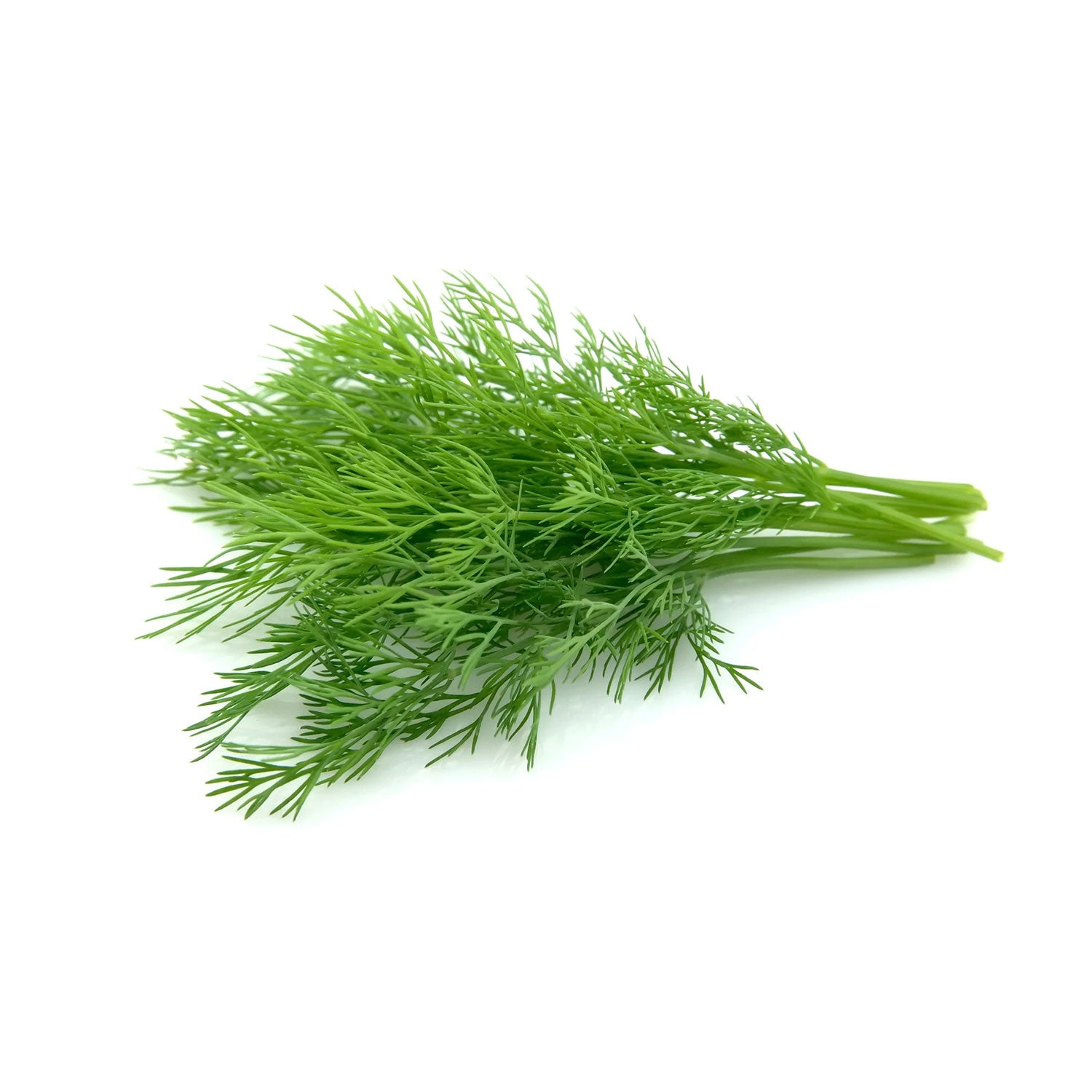
Connect with our Vice President, Jonathan Raju, by following Original Spice Guy on: TikTok, Instagram
Recently, the agriculture industry has suffered from an unexpected shortage of dill weed. Dill is a key ingredient in many popular cuisines worldwide, raising concerns among chefs, food enthusiasts, and the food manufacturing industry. We spoke with our suppliers and organic farmers of dill weed to better understand what's happening on a global scale. In this blog post, we will break down the causes behind this current dill weed shortage, the effects it is having on chefs and restaurants, and possible solutions that could help these circumstances.

Derived from the celery family, this beloved herb is best known for its aromatic qualities and its distinct flavor profile. Due to this herb being a staple in many famous dishes, this shortage has forced restaurants and chefs to seek alternatives and reduce their usage - which has an impact on their flavor profile and recipes. Cooks at home are also feeling the squeeze with prices soaring and the inability to find dill at all.
Climate change is among many factors contributing to this shortage. Irregular weather conditions have disrupted traditional growing patterns, causing several challenges for cultivation. For example, higher temperatures and later sandstorms than usual have resulted in the replanting of sizable portions of cultivated areas. This yields lower growth per cut, delaying the cutting of the crop entirely. Dill overall is a less popular herb (compared to parsley and cilantro) that is grown because of its sensitivity to weeds, insects, and heavy metal (sometimes storing more residuals (higher than 1ppm) compared to other crops even when irrigated with the same water sources), making it riskier to grow organically.

The effects from the pandemic have also played a vital role in the decrease of cultivation. Labor shortages have drastically hindered the planting and harvesting of dill. The amount of dill weed actually grown and exported out of Egypt has been lower than the amount planned & contracted, which is on its own a disruption, other supply from the European Union has had lower demand given the rapidly increasing energy costs, thus one could claim there has been a supply chain disruption since last year. It’s safe to say that prices are expected to decrease, but not significantly, in order to satisfy a lower demand.
Possible Solutions:
With the lack of dill weed available, some are finding clever replacements to adapt to these new market changes, such as fennel and tarragon. These herbs successfully mimic the aromatic smell of dill, giving chefs alternatives to use in their recipes and blends. Others are going as far to grow their own dill at home, ensuring they have a continuous steady supply. The best way farmers can prevent shortages in the future is by supporting sustainable practices such as earlier seeding, growing larger areas with higher organic matter to optimize yield, higher prices to incentivize farmers, and biodiversity.
For more information on dill and other herb and spice shortages, check out our blog posts and newsletters on our website.
Get ahead of the demand: Download our Harvest Calendar

